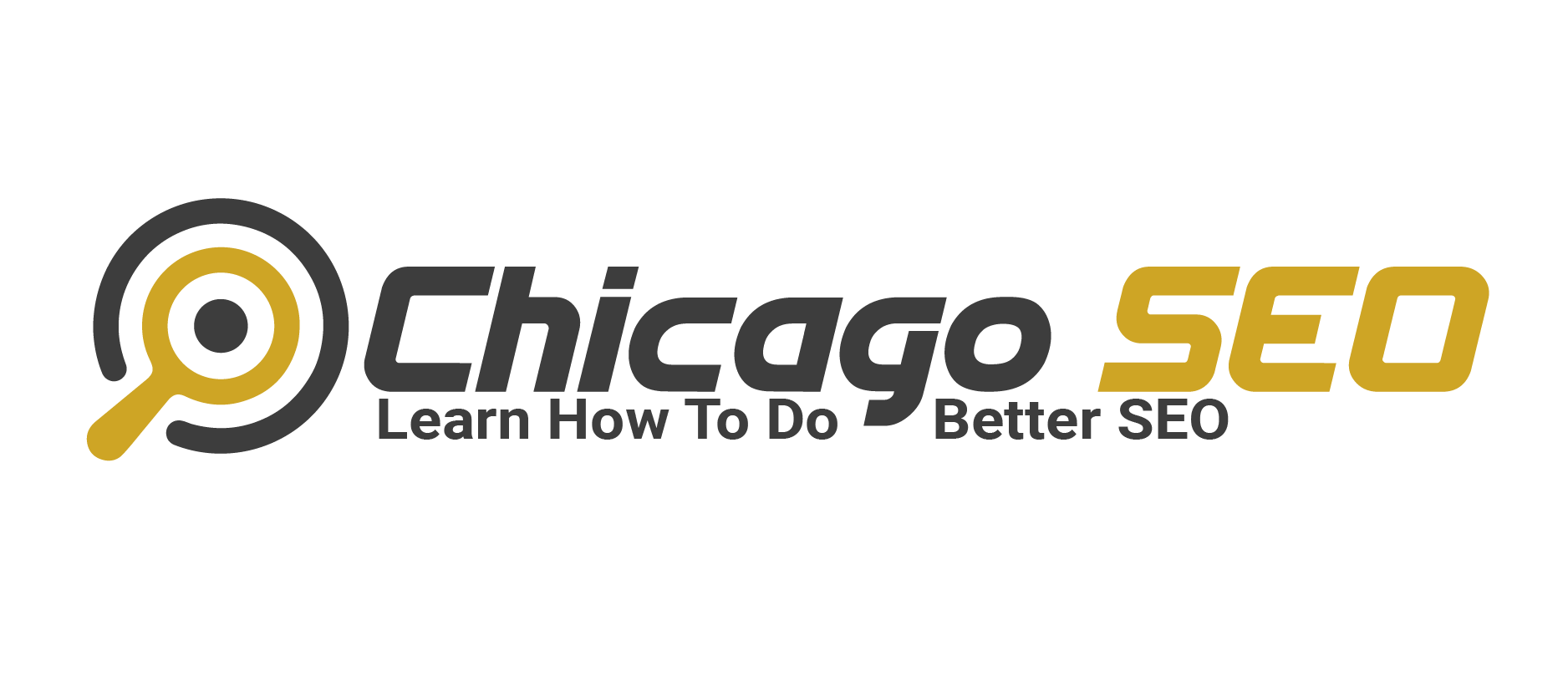What Is Search Engine Optimization?
March 11, 2022
SEO stands for search engine optimization. This method is used to increase the amount of traffic your website receives from search engines. This kind of traffic is either unpaid or direct traffic. Without it, your website would not get any visitors. It targets these kinds of visitors with the help of SEO techniques. To achieve this goal, you should take a look at your website’s current ranking. This way, you can see if there’s room for improvement.
In search engine optimization, your website should include content that answers the questions that visitors have. Your content should be optimized in such a way that it will be indexed by search engines. The best way to do this is by implementing a content management system. Common CMSs are WordPress, Wix, Drupal, Joomla, Magento, and Shopify. Off-page optimization is the process of getting backlinks to your website from other sites. The more backlinks you have, the more prominent your site will appear in search results.
While there are different types of optimization, all of them share the same goal: to generate traffic. While organic and paid search are meant to drive traffic to your site, the goal of both is to convert visitors into active customers. This means that users are likely to take action once they find the information they are seeking on your site. For this reason, you should consider the importance of both technical and on-page SEO. The goal is to increase the amount of traffic generated by search engines.
In both organic and paid search, the major goal is to generate traffic. Organic search involves user intent, while paid search focuses on generating traffic. The former is driven by a person’s intent. If they find what they are looking for on a website, they will be more likely to make a purchase. On-page optimization is a major component of SEO, but it isn’t the only one. You should also make sure that you have relevant content that will be helpful for your visitors.
Besides using on-page and off-page SEO, you should also make sure that you have relevant content. Aside from that, the quality of your content is also an important factor for the search engines. Your visitors will be able to tell if you are offering what they want. In both cases, you should be aiming for a positive user experience. It’s important to provide relevant information to your visitors. Moreover, your visitors will be able to read your content and enjoy a positive experience.
Another important component of search engine optimization is off-page optimization. Off-page optimization involves a website’s content. For instance, it should contain relevant keywords, and it should be optimized for human visitors. In addition to on-page and off-page SEO, it should also have a social media presence. A good SEO campaign will increase a website’s exposure and traffic. Once people find the information they need, they will visit your site and make a purchase.
On-page optimization involves optimizing the content on your website. Using a content management system will allow you to make sure that your content is relevant and useful for your visitors. On-page optimization is done through links from other websites. Increasing your links’ visibility will increase your traffic. For off-page optimization, you should make sure to create links from relevant websites. This will help your website to get more visitors. You can also optimize the content on your homepage, as well as on your homepage.
While SEO is essential for online business owners, it is crucial to remember that your website is not only a marketing tool. It’s an essential part of your business. Not only does it increase your traffic but it also improves your site’s search engine rankings. By following these tips, you can maximize the impact of your SEO efforts on your visitors. There are many benefits of using SEO techniques for your website. They will boost your website’s visibility and attract more visitors to your website.
In the case of on-page optimization, you need to ensure that the content on your website is relevant and user-friendly. This is accomplished through the use of a content management system (CMS) or by integrating it into your website. Most popular content management systems have these features. The next step is to include structured data in your website. This is a way to provide more information about your content. In the case of the latter, this is a crucial element for your online presence.
